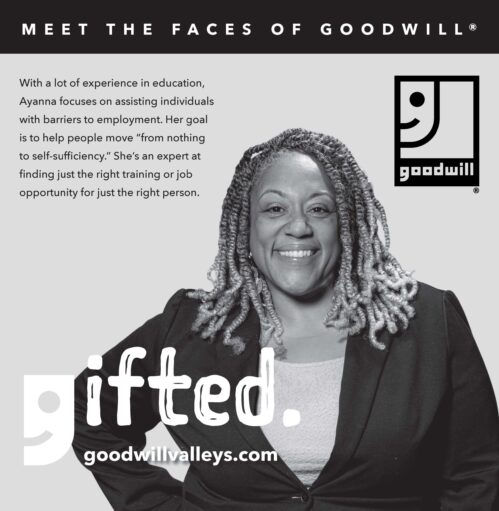by Wornie Reed, Ph.D.
Director, Race and Social Policy, Professor, Sociology & Africana Studies, Virginia Tech
Septima Clark played one of the most essential, but little-recognized, roles in the Civil Rights Movement. Known as the “queen mother” of the Movement, she was literally “freedom’s teacher.”
Clark developed citizenship training programs that enabled thousands of African Americans to register to vote and to link the power of the ballot to concrete strategies for individual and community empowerment. Her first workshops not only sought to increase literacy, but they were also meant to enable black communities.
These workshops on citizenship rights—actually civil rights—spread across the south. She was so central to the movement Dr. Martin Luther King insisted that she join the group going to Oslo for his Nobel Prize ceremony.
Septima Clark, American educator and civil rights activist, was born Septima Poinsette, the second of eight children, on May 3, 1898, in Charleston, S.C., and died December 15, 1987. Her father had been a slave. In 1916, she finished high school, and unable financially to attend Fisk University as her teachers had hoped, and as an African American, forbidden to teach in the Charleston public schools at that time, Poinsette took the state examination that would permit her to teach in rural areas.
In 1919, Septima returned to Charleston to campaign for a law allowing black teachers in the Charleston public schools. A law to that effect passed in 1920, the same year that she married Nerie Clark, a navy cook. Nerie died from kidney failure just five years later.
In 1927, Clark moved to Columbia, South Carolina and continued to teach and to pursue her own education, studying during summers at Columbia University in New York City and with W.E.B. Du Bois at Atlanta University in Georgia. She received a bachelor’s degree from Benedict College in Columbia in 1942 and a master’s degree from Hampton (Virginia) Institute (now Hampton University) in 1945.
During this time she was also active in several organizations, among them the NAACP, with whom she campaigned, along with Thurgood Marshall, for equal pay for black teachers in Columbia.
In 1956, South Carolina passed a law prohibiting public employees from belonging to any civil rights organization. When Clark would not renounce her membership in the NAACP, she was fired. That was a good break for the Civil Rights Movement as she was hired immediately at the Highlander Folk School in Tennessee, where she had been conducting citizenship workshops the previous two summers.
The Highlander School was founded in 1932 by Myles Horton with the purpose of having people educate each other about their community problems. First, the emphasis was economics and the union movement. After WW II civil rights for African Americans became a significant focus.
Participants in Clark’s workshops at Highlander included a wide range of individuals—including Martin Luther King, Rosa Parks, and many other leaders from the movement as well as ordinary citizens and youth.
Clark took her show on the road throughout the south, conducting workshops and training teachers. The late Guy Carawan, the white Highlander singer who did more than anyone to make “We Shall Overcome” the anthem of the movement, used to say the most important thing he ever did in life was to be Septima Clark’s chauffeur.
In April of 1960, Clark hosted the first regional conference of students involved in the new sit-in movement, and apparently energized the youth to go to North Carolina two weeks later for a second conference, at which they organized SNCC (the Student Nonviolent Coordinating Committee). She did this while facing trumped-up charges by authorities in Tennessee who continually tried to intimidate and close Highlander.
In 1961 Clark joined the SCLC. By 1970 she had overseen the establishment of about one thousand citizenship schools throughout the Deep South, and it is estimated that she was responsible for training about ten thousand leaders.
Rosa Parks well remembered the first time she met Septima Clark. It was at a civil rights workshop in Tennessee in the summer of 1955. African-Americans and sympathetic whites had begun to meet quietly, secretly, throughout the South to plan their counterattacks against the segregation system and to train the




